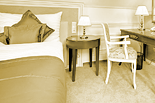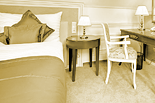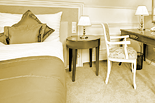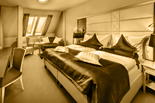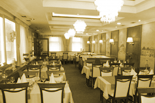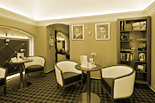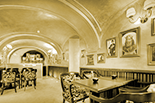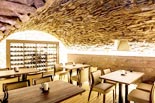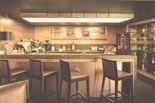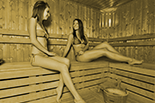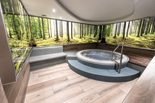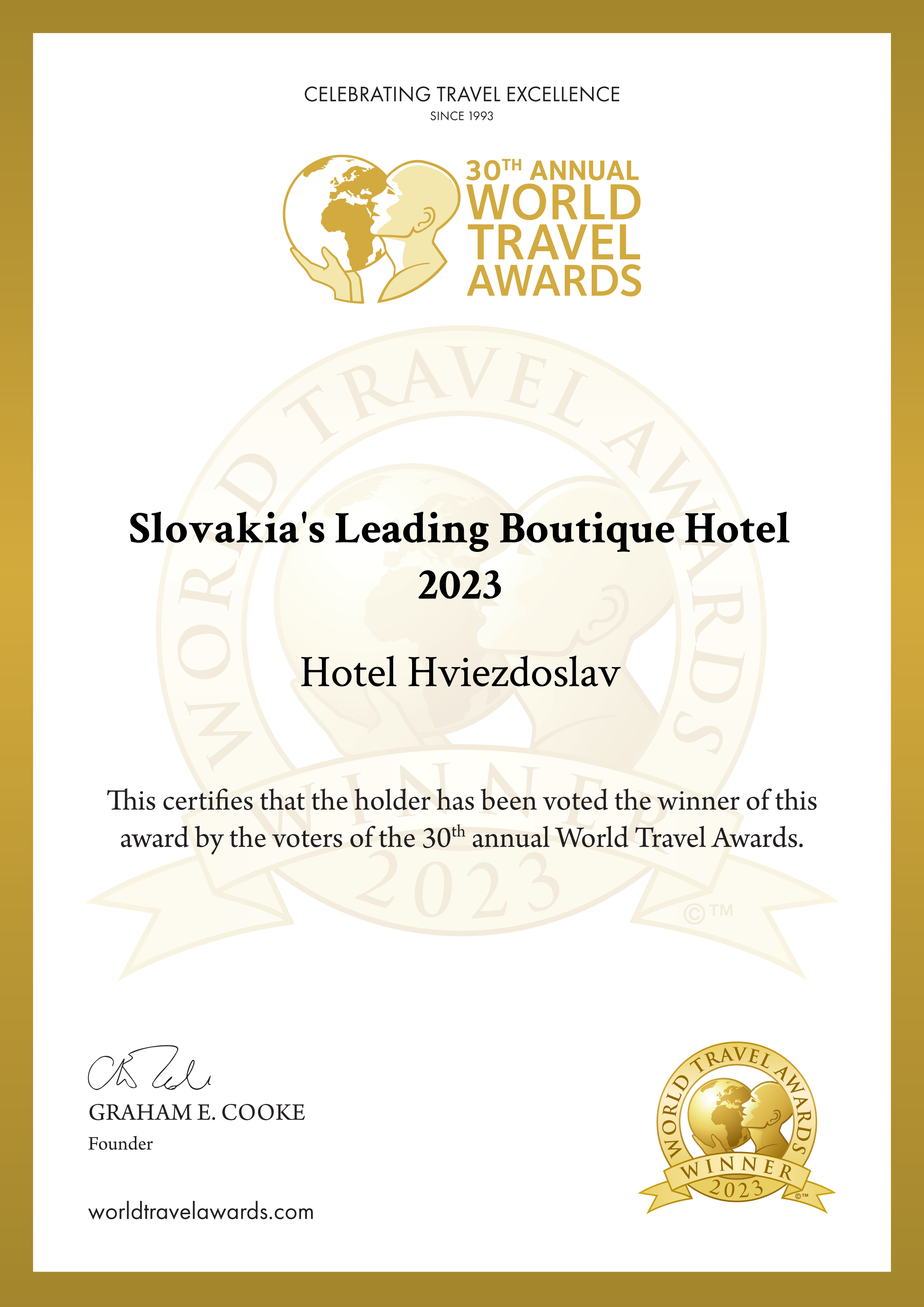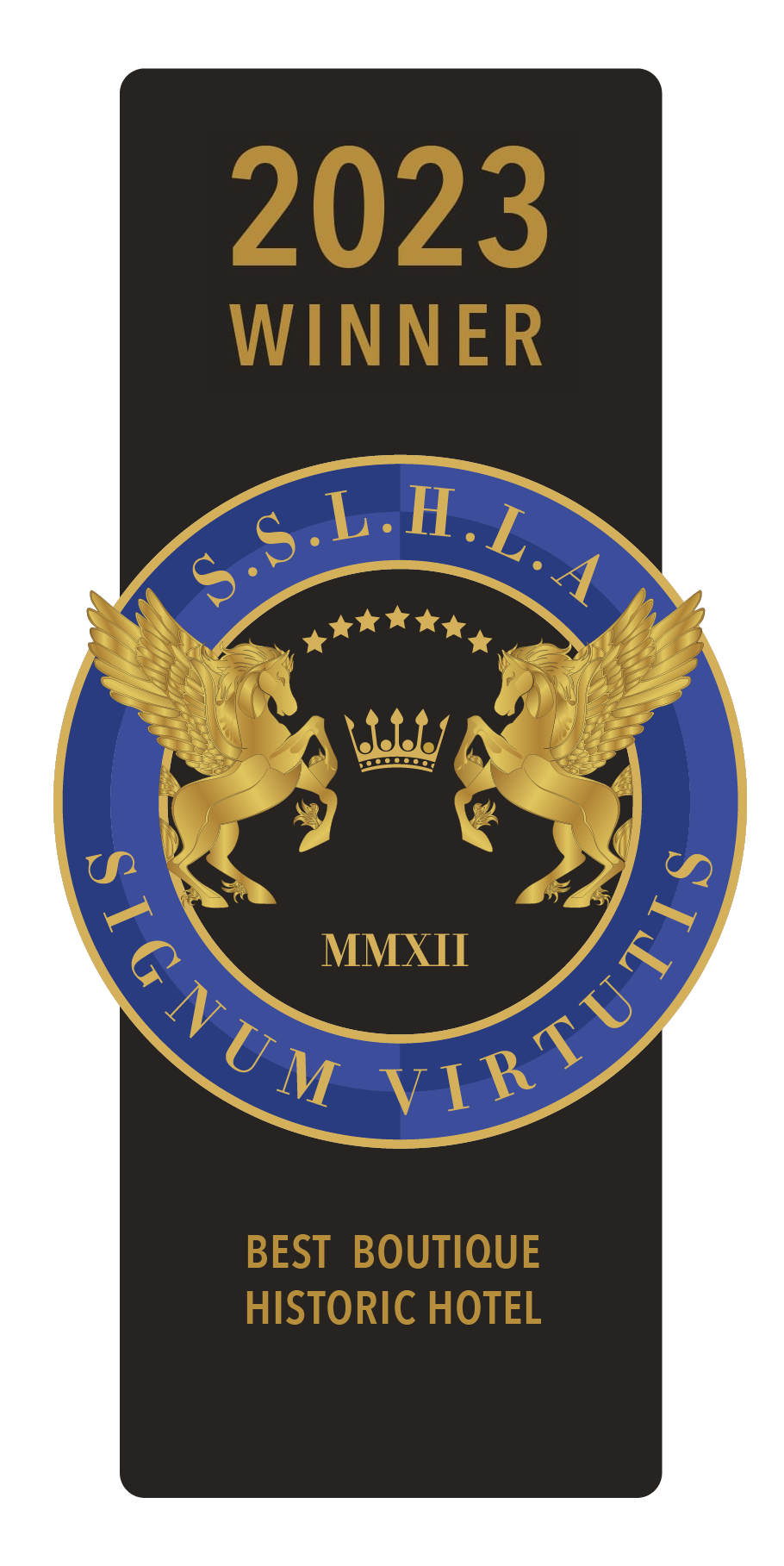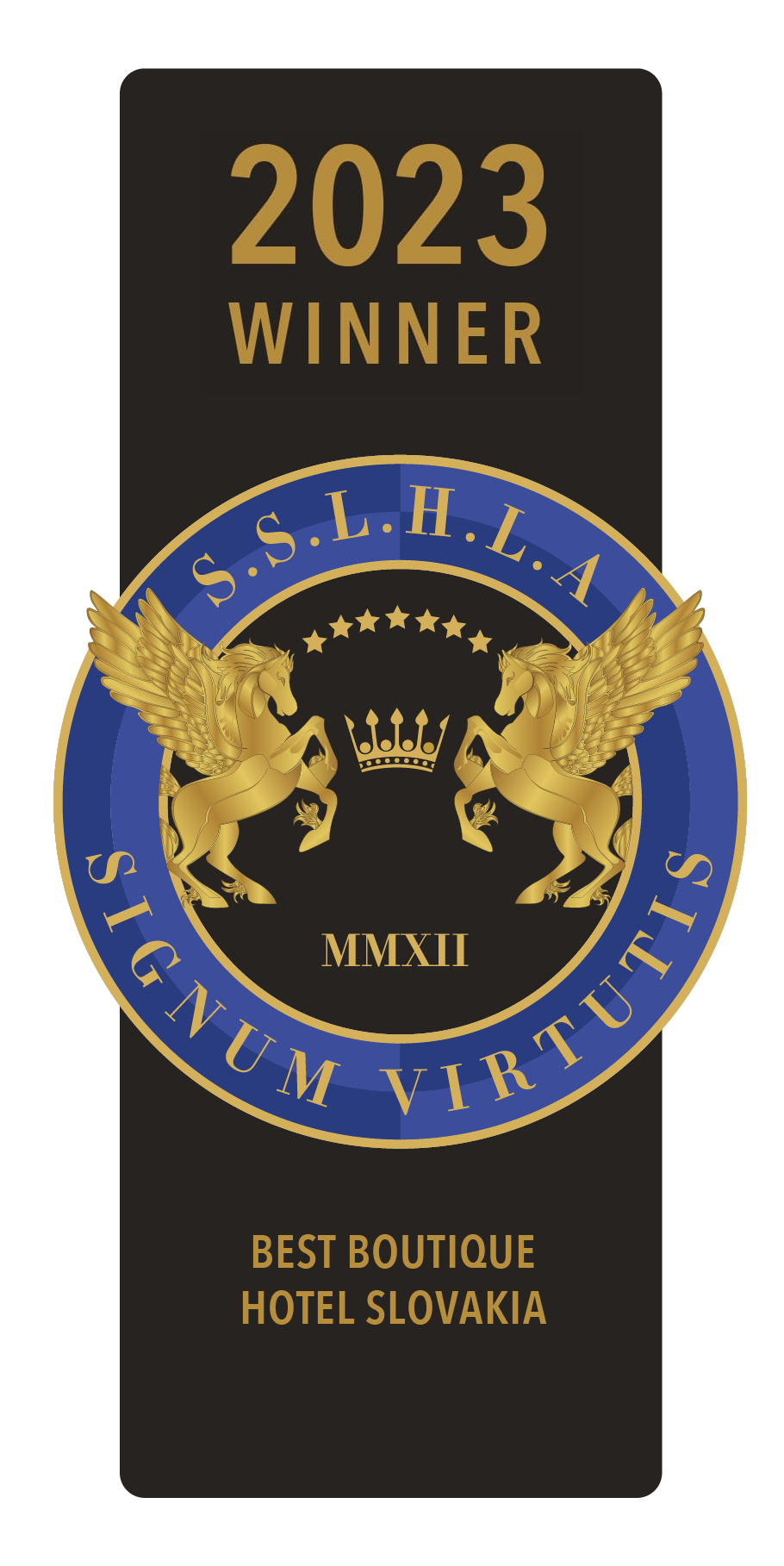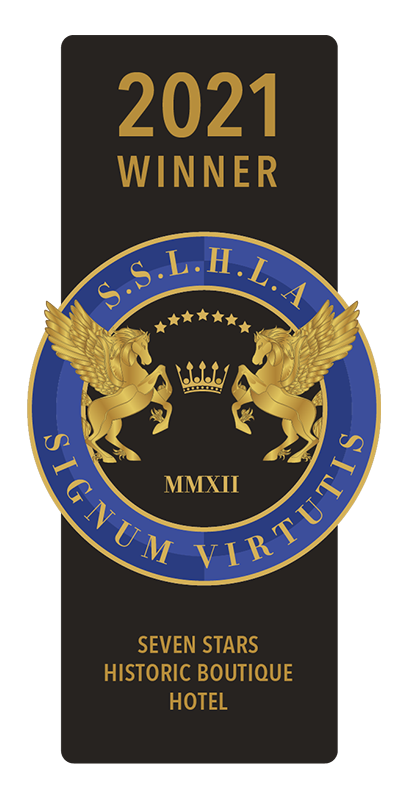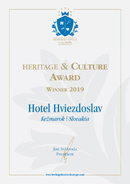



Best of Kežmarok
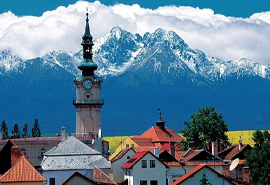
The town of Kežmarok began its rise in 13th century when three villages merged – Slovak Fishing Village, Royal Frontier Guard Village and German Village. The town had been inhabited in the Stone Age. The first written reference to Kežmarok dates from 1251 when it was mentioned in the deed form king Belo IV. The town of Kežmarok was a site of many battles. Thirteen battles and wars took place in Kežmarok. More than 100 years lasting war with the Town of Levoča the cause of which was the so-called store right and nearly 250 years lasting war against its own castle. The Anti – Habsburg uprisings of Juraj II Rákoci and Imrich Thököly are also an important part of the history. Kežmarok played a crucial role in exploring the High Tatras. The first trip to High Tatras took Beata Laska in 1565.
Nowadays the total area of Kežmarok occupies 839,5 km2. The population is 16,500. There are many cultural monuments in Kežmarok. The following are some of them:
Kežmarský hrad (The Castle Kežmarok)
It is one of the best preserved castle from the 15th century in the region of Spiš. It has a beautiful gothic chapel and a fascinating courtyard. The Museum of Kežmarok offering many exhibitions is situated here.
Exhibitions:
- Archaeological - in the main building, consisting of archeological discoveries
- Kežmarok – free royal city
- Guilds and Crafts
- Historical Arms
- Shooting Club Kežmarok - a unique presentation of the history of clubs from 1510 to 1945.
- Association of Spis Physicians and Apothecaries and Life and Work of MUDr. V. Alexander
- The Thököly Family
- History of Kežmarok from the 19th and 20th century maping the main cultural, school and literary traditions
- Historical portraits from the collections of the museum
- Sightseeing tour to Sightseeing Tower and Castle Chapel
Wooden Articular Church in Kežmarok
It is a unique feature of our town which was in 2008 added on the UNESCO World Heritage List.
When the church was being built the Swedish and the Danish kings send their sailors in order to help. That is the reason why the church has round windows - like cabin windows and the ceiling has the shape of an overturned boat. The church was built from wood without using any nails. The Altar of the Holy Trinity – made by Master Lerch from Kežmarok and the organ of Master Czajovsky. The oldest element in the church is the font which dates back to 1687. There is an amazing acoustics which is why many concerts often take place here.
The church dates back to the times of religious unfreedom of protestants who were, according to 26th Article of the Diet of Sopron from 1681, allowed to build their churches behind the city walls at places which were intended for these purposes and exclusively at the expenses of church. Wood was the cheapest building material which is the reason the last five churches preserved in Slovakia are wooden. The first structure of this wooden church was built in 1687. The church was then in 1717 in just 3 months built into the current appearance. A rustic church with the ground plan of a shape of Greek cross (a cross with four arms of equal length) used in Noorder Kerk (Northern Church) in Amsterdam. This type of church then spread into Germany, Nordic countries and through Silesia to Hungary.
Museum – Bourgeois Interior Design
The Exhibition of Spiš Bourgeois Interior Design is situated in bourgeois house at Hlavné námestie 55. There is a presentation of bourgeois interior design characteristic for the Spiš region in its different forms.
New Evangelical Church
New Evangelical Church dates back to 19th century. One big difference can be found when comparing the church to its original project. The project includes two steeples while only one was built as the financial budget was not sufficient. The same church with 2 steeples is situated in the fifth district of Vienna.
In the second half of 19th century the Evangelists from Kežmarok decided to build a new more representative temple. A delegation of the congregation went to Vienna in 1870 to visit Teofil Hansen - a regional architect. He gave the delegation his own design, which was originally made for a church in Orient. The project impressed them as it was really unique – it was not designed in one style but it was designed in the Eclectic style including Byzantine, Romanesque, Renaissance, Moorish and even Oriental elements. Symmetry was the element prevailing everywhere.
In 1909 the extension to the church was built. It was the mausoleum of Imrich Thökoly /1657-1705/ who was a leader of an unsuccessful uprising against the Habsburgs and a warrior for the religious freedom. He was born in Kežmarok and the castle was in his possesion.
Only thanks to the initial success of the uprising, Emperor Leopold was forced to convene the Diet of Sopron and enact at least partial religious freedom. The uprising of the nobility was finally suppressed and Thököly left to Turkey where he died. In 1906 his remains were brought to Kežmarok.
Lyceum - Lyceum library
Many teachers and students from all over the Central Europe worked and studied in Kežmarok and later many of them later became significant Slovak, German, Hungarian and Serbian artists, scientists and politicians. The most famous were the following literates: Jur Tesák Mošovský, František Kacinczy, Pavel Jozef Šafárik, Karol Kuzmány, brothers Ján and Samo Chalupka, Samo Tomášik, Janko Kráľ, Ján Generisch, Jovan Sterija – Popovič, Jonáš Záborský, Pavol Orságh Hviezdoslav, Ladislav Nádaši – Jégé, Martin Kukučín, Janko Jesenský, Martin Rázus, Ivan Stodola, painters: Peter Bohúň, Ladislav Medňanský, politics Imrich Thököly, Artúr Görgey, Matúš Dula, doctors: Daniel Fischer, Ľudovít Markušovský, Vojtech Alexander, geographers and historians: Dávid Frölich, Juraj Bohuš, Juraj Buchholtz jr, Kristián Genersich, brothers Pavol and Ján Hunfalvy, Tomáš Mauksch, Samuel Weber, philosophers and economists: Gregor Berzeviczy, Ján Feješ, Martin Schwartner, scientists, physicists and mathematicians: Fridrich Hažlinský, Aurel Stodola, Jur Hronec and so on. The Lyceum Library is the largest historical library in Central Europe which was built together with the school. The library offers about 150,000 volumes of all possible disciplines and languages.
Town Hall
The Town Hall is one of the dominant features of the town of Kežmarok. It dates back to 15th century. In 1641 Master Juraj from Spišská Sobota built a brand new Town Hall in the gothic style in the centre of the square. The Town Hall was damaged by fire and then reconstructed by Master Kuntz from Kežmarok in the Renaissance style in 1541 -1551. In 1641 under the leading of mayor Žigmund Moes a tower was built to the Town Hall and as Juraj Bohuš writes in the year 1720: “the Town Hall is finished by crenellation and on its southern side there is an arm of coat of the town of Kežmarok and a painting depicting justice. Moreover, the tower is decorated with moral inscriptions. During the markets a chosen person beats the leaded drums and the town trumpeter plays the trumpet at the tower. In 1779 the Town Hall burned down again and then it was rebuilt in the Classical style. The present look and the second floor was acquired in 1922 once again after a big fire.
Paulinus Church
The church is dedicated to Virgin Mary and dates back to 17th century. The temple captures the evolution of art from the early Baroque through the late Baroque to the Rococo. The church was built in the street taking the lots of three town houses. These lots were given to Christian Church by the Protestant town of Kežmarok in 1650, in order to build a small church as the Church of the St Cross was in possession of Protestants at that time. The town did so in order to show their appreciation to the leaders of the Roman Catholic Church who helped the town to solve their conflicts with the Thököly family. The history of church dates back to 1654. In 1741 the church was badly damaged in fire. Six years later the late Baroque reconstruction led by the Order of Saint Paul started. The interior of the Church is also of the Baroque style.
The Area of Roman Catholic Basilika of the Saint Cross and the Belfry
It is a breathtaking gothic building which dates back to 15th century. The main altar is of the late Gothic style and dates back to 15th century and its main theme is Martyrdom. During the restoration of the altar it was revealed that the Martyrdom is one of the most important works of Master Paul from Levoča. The Martyrdom was awarded a gold medal in an international Gothic exhibiton in Paris in 2010. In 1998 the pope John Paul II granted the church the title Basilica Minor.
St. Cross‘ origins date back to the Slavic settlement, as evidenced by the centuries-used name Windischgrund / Slavic lands /. The oldest stone part of the church dates from the first half of the 13th century. Today's look of the building comes from the majestic Gothic reconstruction in 1444-1498. The town as well as the lord Zápoľský took part in the reconstruction and thus both “patrons” placed their coat of arms into the small entrance of the church. Three different types of arch – reticule, star and cross as well as the sanctuary set in a higher position than the main nave show the rebuilding progress.
The interior of the church is mostly Gothic - side altars, baptismal font, stallum. The Renaissance bench under the choir, where the city council with a mayor sat, is from 1518. Near the church, there is the Renaissance Bell Tower from 1591, which is considered to be the most beautiful campanile in the region of Spiš. It is decorated with the crenellation with the coat of arms of the Habsburg imperial family, Hungary and the town of Kežmarok. The oldest bell dates back to 1525 and before the Belfry was built it was most likely used in the tower of the St Cross Church.
The Belfry is connected with the building which was in the past used as a Catholic school the student of which was also J.M. Petzval – a well known artist and also an inventor of the photographic lens. South of the Belfry there is a stone building which was used as Latin school in 1536. It is the oldest school in Kežmarok.







